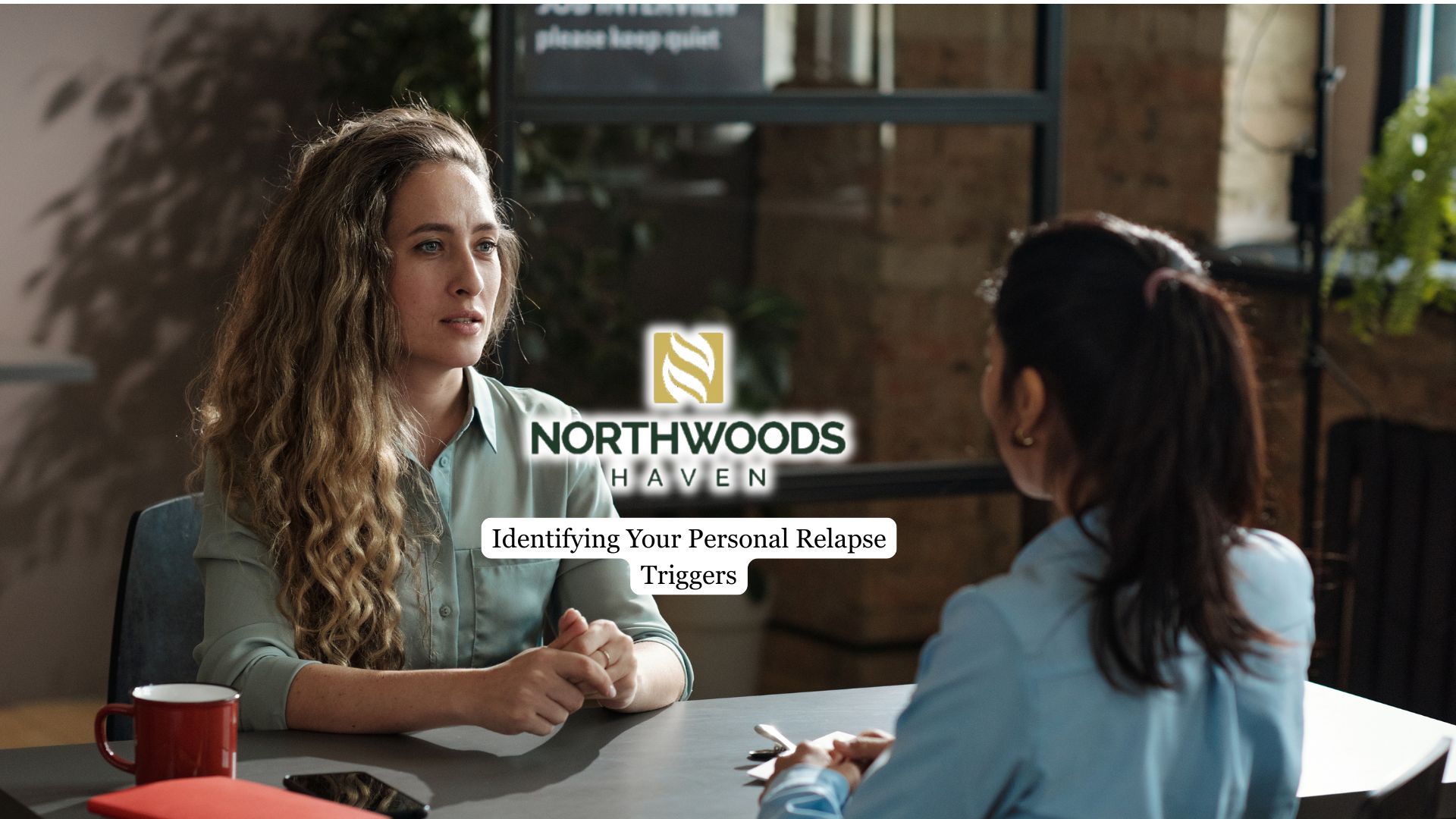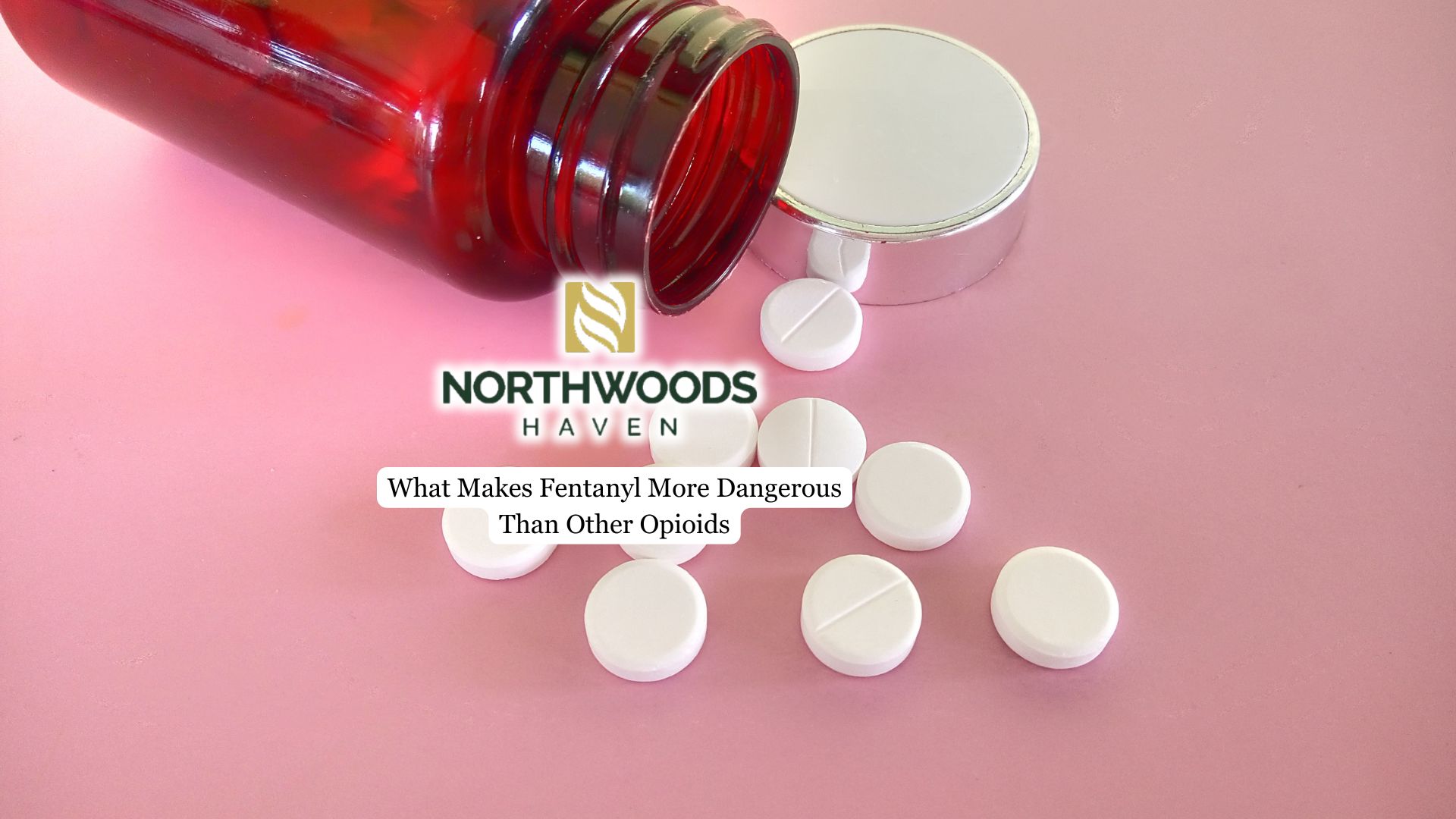Relapse does not happen overnight. It is often the result of underlying factors, emotional, social, or environmental, that increase the risk of returning to substance use. Learning how to identify these influences is a crucial step for anyone committed to maintaining lasting sobriety. Becoming aware of the personal challenges that lead to cravings, individuals gain the opportunity to address them before they escalate.
This article explores common triggers, how to recognize them in daily life, and practical ways to reduce their impact.
Understanding What Triggers Are
A relapse trigger is anything that sparks a memory, feeling, or behavior linked to past substance use and can directly interfere with addiction treatment progress. These cues may be external, such as being around certain people or visiting old hangouts, or internal, such as stress, self-doubt, or overwhelming emotions. They are unique to every individual, and what strongly affects one person may not impact another in the same way. Recognizing them requires both honest reflection and awareness of personal patterns.
When individuals acknowledge these cues early, they create a stronger foundation to respond with healthier coping strategies rather than reacting impulsively. For many, participating in a relapse prevention group offers the added support needed to strengthen these skills and reduce the risk of setbacks.
Emotional Challenges
Stress, sadness, loneliness, frustration, and even boredom can push individuals toward unhealthy coping methods. Someone who once relied on substances to numb anxiety may notice that stressful workdays reignite old cravings. Similarly, unresolved grief or anger can resurface in unexpected ways, leaving a person vulnerable to relapse.
Learning to recognize emotional struggles means paying close attention to how moods influence behavior. Developing constructive outlets such as journaling, practicing meditation, engaging in creative activities, or reaching out to a new support network can help transform difficult emotions into manageable experiences.
Social and Environmental Factors
The people and environments associated with past substance use are often powerful influences. Spending time with friends who still use substances, attending parties where alcohol or drugs are present, or revisiting familiar neighborhoods linked to use can create immediate temptation. Even casual exposure, like walking past a favorite bar or overhearing conversations about drinking or drugs, can spark cravings.
Building new routines and seeking out sober-friendly social circles are essential steps to reduce these risks. Setting boundaries, avoiding high-risk situations, and finding supportive communities not only minimize exposure but also reinforce accountability.
Physical and Lifestyle Risks
Lack of sleep, poor nutrition, chronic fatigue, and illness can lower resilience, making it harder to manage cravings. Neglecting self-care or falling into patterns of unhealthy routines can also weaken determination.
Consistent exercise, balanced meals, and adequate rest strengthen both body and mind, providing the stability needed to stay on track. Small lifestyle adjustments, such as setting regular sleep schedules or incorporating relaxation techniques, make a significant difference in long-term success.

Recognizing Thought Patterns
Rationalizing substance use with thoughts like “just once won’t hurt” or reminiscing about times when use seemed enjoyable can undermine progress. Negative self-talk, hopelessness, or feelings of being undeserving of a healthy life also increase vulnerability.
Identifying these thought patterns involves practicing mindfulness and self-awareness. When these mental habits surface, individuals can learn to challenge them with facts, replace them with positive affirmations, or shift focus toward healthy goals and personal achievements. Over time, this reduces the power of destructive thinking.
Strategies for Prevention
Although challenges cannot always be avoided, they can be managed effectively with preparation and consistency. Developing a personalized relapse prevention plan is key to staying proactive. This plan may include recognizing early warning signs, creating grounding techniques for stressful moments, or identifying supportive people to contact when cravings intensify. Regular participation in therapy, counseling, or peer support groups provides additional tools and accountability.
Building a toolbox of strategies, such as breathing exercises, practicing gratitude, or redirecting energy into hobbies, helps individuals navigate difficult moments without feeling overwhelmed.
Final Thoughts from Northwoods Haven Recovery
Identifying personal relapse triggers is not about expecting perfection but about building awareness and developing safeguards against setbacks. Through understanding the emotional, social, physical, and cognitive factors that influence cravings, individuals gain the clarity needed to make healthier choices and protect their progress.
At Northwoods Haven Recovery, we understand that relapse prevention is an essential part of the healing journey. Our outpatient treatment programs in Minneapolis, MN, are a great transitional option that equips clients with the skills to recognize and manage risks while providing professional support tailored to their unique needs. Through evidence-based care and compassionate guidance, we recognize sobriety maintenance as an ongoing process and help individuals build lasting strategies that support long-term wellness and.



